(NLDO) - Khanh Van Nam Vien - a nearly 100-year-old ancient temple in the heart of a bustling urban area - preserves the imprint of Taoism, blending Confucianism - Taoism - Buddhism.
The distinctive marks of Taoism present in the land of Saigon - Cho Lon (now Ho Chi Minh City) can be traced back to at least the 30s of the 20th century, when the belief followed the group of Chinese immigrants who crossed the sea to the "promised land" in the South. Currently, beliefs related to Taoism are still faintly present at Khanh Van Nam Vien, like a "mysterious" vestige in the midst of the bustling city.
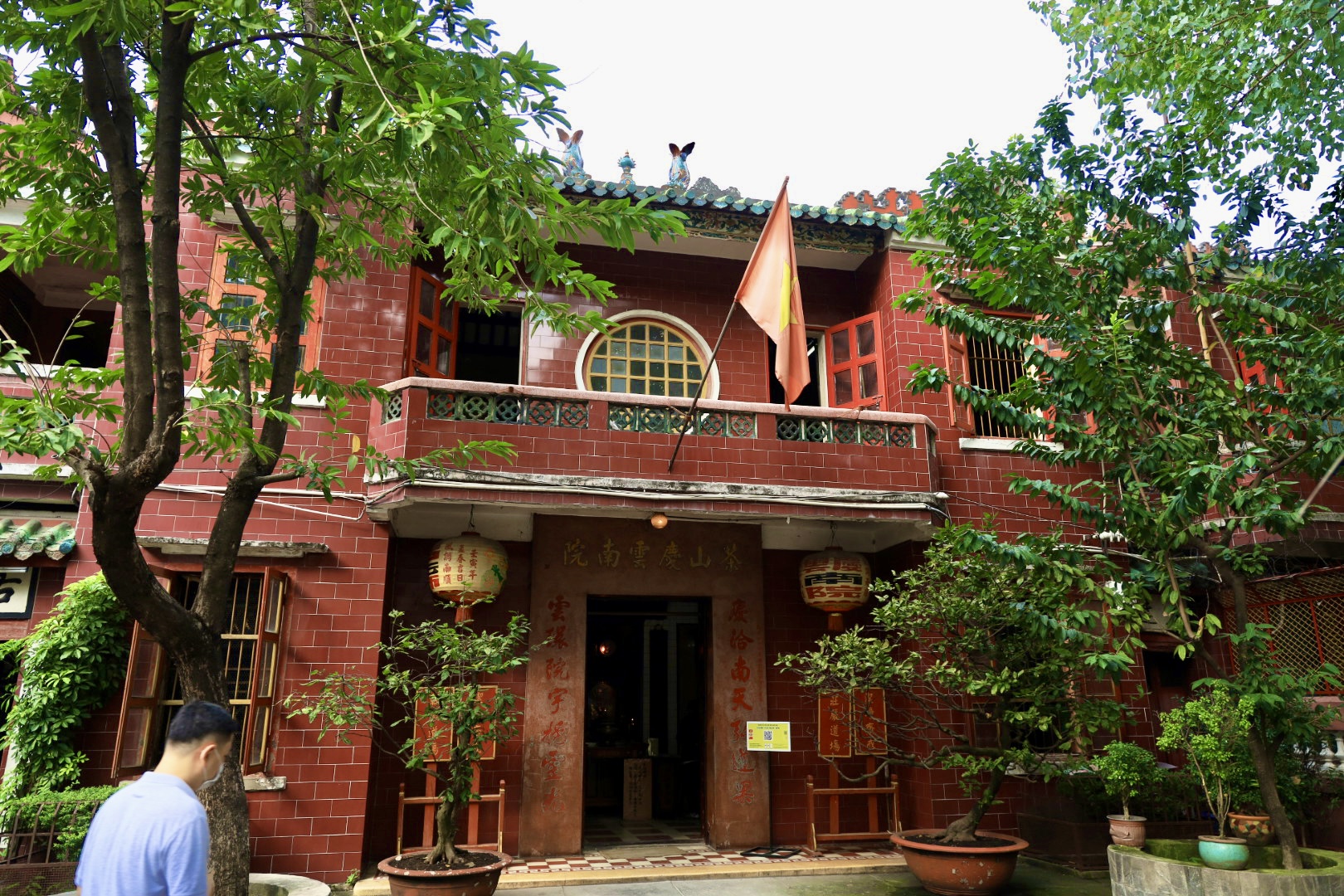
Khanh Van Nam Vien, an ancient temple that has existed for nearly 100 years in the heart of a bustling urban area - Photo: NGOC QUY
Laoism (Taoism) expresses a spirit of tolerance according to the principle of living in harmony with nature, respecting the laws of heaven and earth, from which the theory of "doing nothing, not fighting", "getting little without complaining, getting much without being happy, enjoying when joy comes, not regretting when joy goes, being happy with the four seasons, being in harmony with external things...".
Harmony between three elements: Confucianism - Taoism - Buddhism
Most people call Khanh Van Nam Vien an "ancient temple" instead of a "pagoda", but after nearly 100 years of changes in life, this place has emerged as a place of worship, gathering the most primitive beliefs about the good world. Khanh Van Nam Vien is similar to the folk temples of China and Taiwan, they worship the familiar Immortals, Saints, and Buddhas of all three religions that have formed the foundation of East Asian cultural beliefs: Confucianism - Taoism - Buddhism!

Located on Nguyen Thi Nho Street, District 11, Ho Chi Minh City, the ancient shop still retains its own unique features in the heart of the modern city - Photo: KHAC HIEU
In the early days of arriving in the South of Vietnam in the 1930s, Khanh Van Nam Vien was located in a townhouse on Tran Hung Dao Street with the name Toan Khanh Duong. The first Taoist priest was Mr. Tran Khai Minh. After that, Mr. Au Dieu Huyen and Mr. Chau Viem were Taoist priests here.
In 1942, Khanh Van Nam Vien moved to Nguyen Thi Nho Street (District 11, Ho Chi Minh City). Currently, Mr. Chau Hue Bang holds the position of Head of the Dharma Protection Board of Khanh Van Nam Vien Pagoda. The members here still preserve some traditional beliefs of Nam Hai Tra Son Khanh Van Dong from the early days of its introduction.
The architecture of the institute is identical to that of the Nanhai Tea Mountain Qingyun Nanyuan in China, retaining the same elements including the courtyard, front hall and main hall. On the roof of the institute gate, there is a pair of "ngu hoa long" (fish transforming into dragons) and a gourd which are considered totem animals, symbolizing vitality and life.
Khanh Van Nam Vien often has charity activities, taking care of the health and life of people in difficult circumstances. During his lifetime, Mr. Chau Vien always kept in mind: "Use your surplus to compensate for those in need, receive everyone's surplus to share with many people. Doing this, I feel truly at peace."
Beliefs in Khanh Van Nam Vien are diverse, including Taoism and Buddhism, as well as folk beliefs such as: Thai Thuong Lao Quan, Lu Dong Tan, Quan Thanh De Quan, Van Xuong De Quan, Lao Tu, Trang Tu, Truong Thien Su, Buddha Thich Ca, Quan The Am Bodhisattva... Many of these statues were brought from China. It is these beliefs about gods and saints that have partly become the spiritual support of the people here and at the same time bring values that can arouse the curiosity of many visitors.
In a year, Khanh Van Nam Vien has three main holidays associated with Chinese customs: Lu Dong Tan's birthday (February 14th of the lunar calendar), Quan Cong's birthday (June 24th of the lunar calendar) and Ngoc Hoang's birthday (January 9th of the lunar calendar). In addition, on the occasions of the full moon of January and the full moon of July, this place also attracts many people to come to worship, pray for peace or deliver the deceased.
The 'mysterious' mark
Although it incorporates many beliefs, Khanh Van Nam Vien still retains a little bit of "this little bit of faith" related to Taoism, as a spiritual baggage to become unique and mysterious. The horizontal plaque on the gate is inscribed with the four words "Chung dieu chi mon" - 眾玅之門 - (The door of all mysteries) which originates from Lao Tzu's Tao Te Ching. "Huyen mon" or "Dieu mon" both refer to the threshold of shedding the dust of the world - the threshold to transcend the mundane and become holy, to reach a state of freedom and freedom, not being bound and becoming completely free. Using the door of existence in the pavilion to express the wonderful principle of non-existence and liberation, that is the mysterious meaning of the four words in front of Khanh Van Nam Vien's gate.
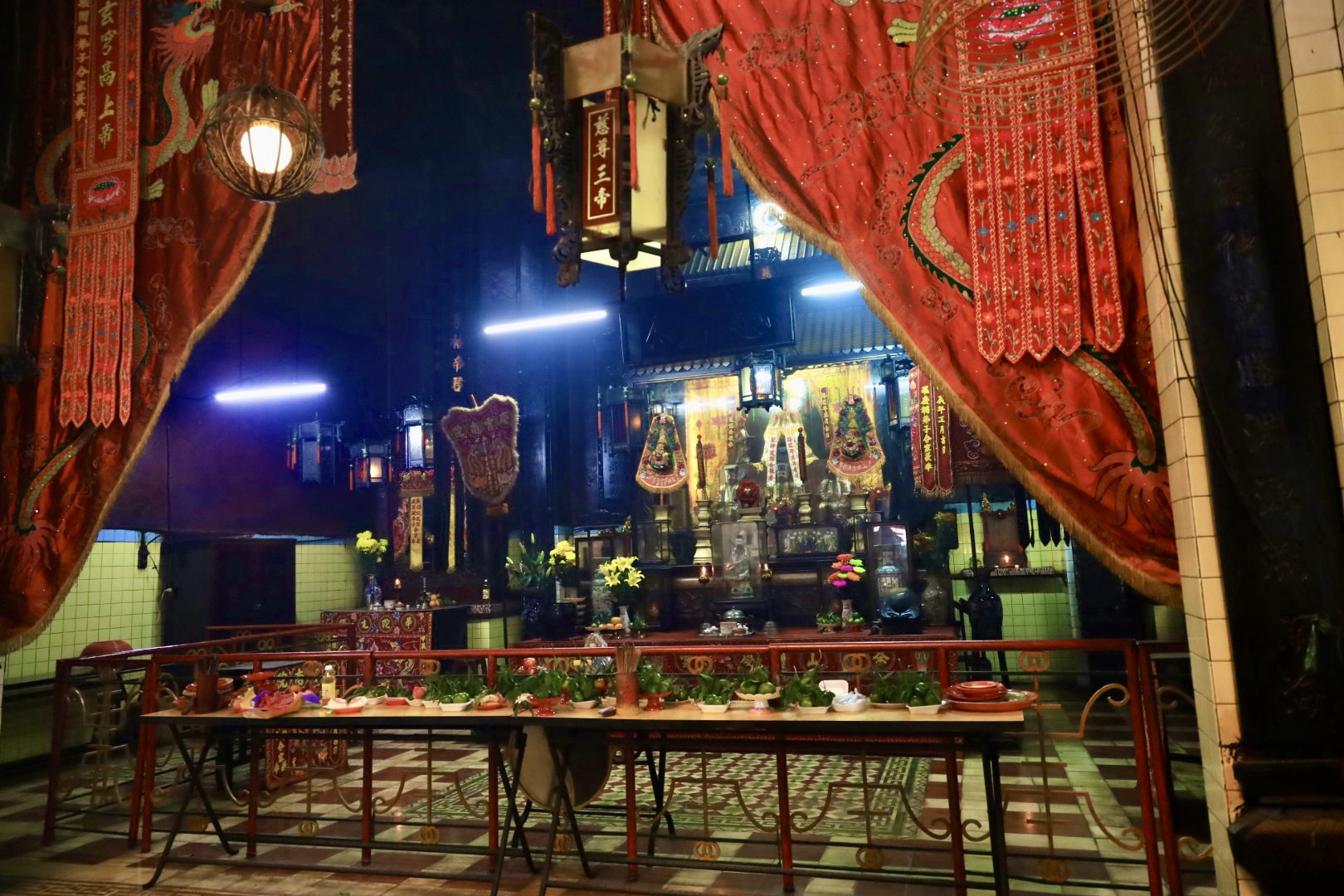
Although it incorporates many beliefs, Khanh Van Nam Vien still retains some of the "little bit of faith" related to Taoism, as spiritual baggage to become unique and mysterious - Photo: NGOC QUY
From the outside in, Khanh Van Vien first has the altar of Vuong Linh Quan - the Great Protector of Taoism like all other orthodox palaces. Next, the main hall worships "Tu Ton Tam De" including: Tu Hang Chan Nhan, Lu Dong Tan, Van Xuong De Quan and Quan Cong - popular gods in Taoist genealogy and Chinese folk beliefs. However, the folk beliefs at Khanh Van Nam Vien are more solid and outstanding when people worship Hoa Da Tien Su and Hoang Dai Tien. All the altars are placed under the large horizontal board "Dao hop thien tam" - expressing the ideology of following nature, spreading the word from Taoism! In addition, the upper floor also worships Thai Thuong Lao Quan, Truong Thien Su, Lao Tu, Trang Tu - important figures in the formation and development of Taoism to this day.
Another Taoist feature that Khanh Van Nam Vien still preserves is the Trung Nguyen Pho Do festival (full moon of the seventh lunar month) - Pha Ngu Phuong Dia Nguc Khoa. This ceremony attracts a large number of Chinese people in the area, lasting from the first to the fifteenth of the seventh lunar month. At that time, the people of the area often gather here, asking Taoists to help the souls of the deceased with good wishes for their deceased ancestors. The belief in the good world is always present in gratitude for the grace of birth and the wish to reincarnate those who have passed away even though they are no longer in this world!
Taoism is just one element in the complex of beliefs existing at Khanh Van Nam Vien. In addition to Taoist beliefs, this place also combines beliefs about Bodhisattva Avalokitesvara, Buddha, Ksitigarbha and many other beliefs such as Hoa Da, Hoang Dai Tien, creating a unique place of worship for the Chinese in the old Saigon - Cho Lon area, which to this day still has many mysterious and thrilling things in the eyes of everyone. However, a glimpse of nearly 100 years of history is now encapsulated in the mark of an ancient architectural building, which is also the remaining vestige of "mystery" in the minds of the people in the area!
Mr. Chau Hue Bang received the third class labor medal.
Mr. Chau Hue Bang, Head of the Dharma Protection Board of Khanh Van Nam Vien Pagoda (HCMC), was awarded the Third Class Labor Medal and the "For the Cause of Great National Unity" Medal for his outstanding contributions to social charity activities.
With the spirit of mutual love, he has mobilized to establish clinics and provide free medicine, supporting more than 20,000 people each year. He also called for a fund of 1.5 billion VND for a heart surgery program, helping 1,000 poor children to have surgery. In addition, he founded a nursing home, cared for lonely elderly people and participated in building bridges, rural roads, granting scholarships, and building charity houses in remote provinces.
Over the years, he has actively participated in charity programs of the Vietnam Buddhist Sangha in District 11 and Ho Chi Minh City, and has also mobilized donors to support the Chinese community in education and cultural preservation.
Close-up of the nearly 100-year-old Khanh Van Nam Vien ancient temple:
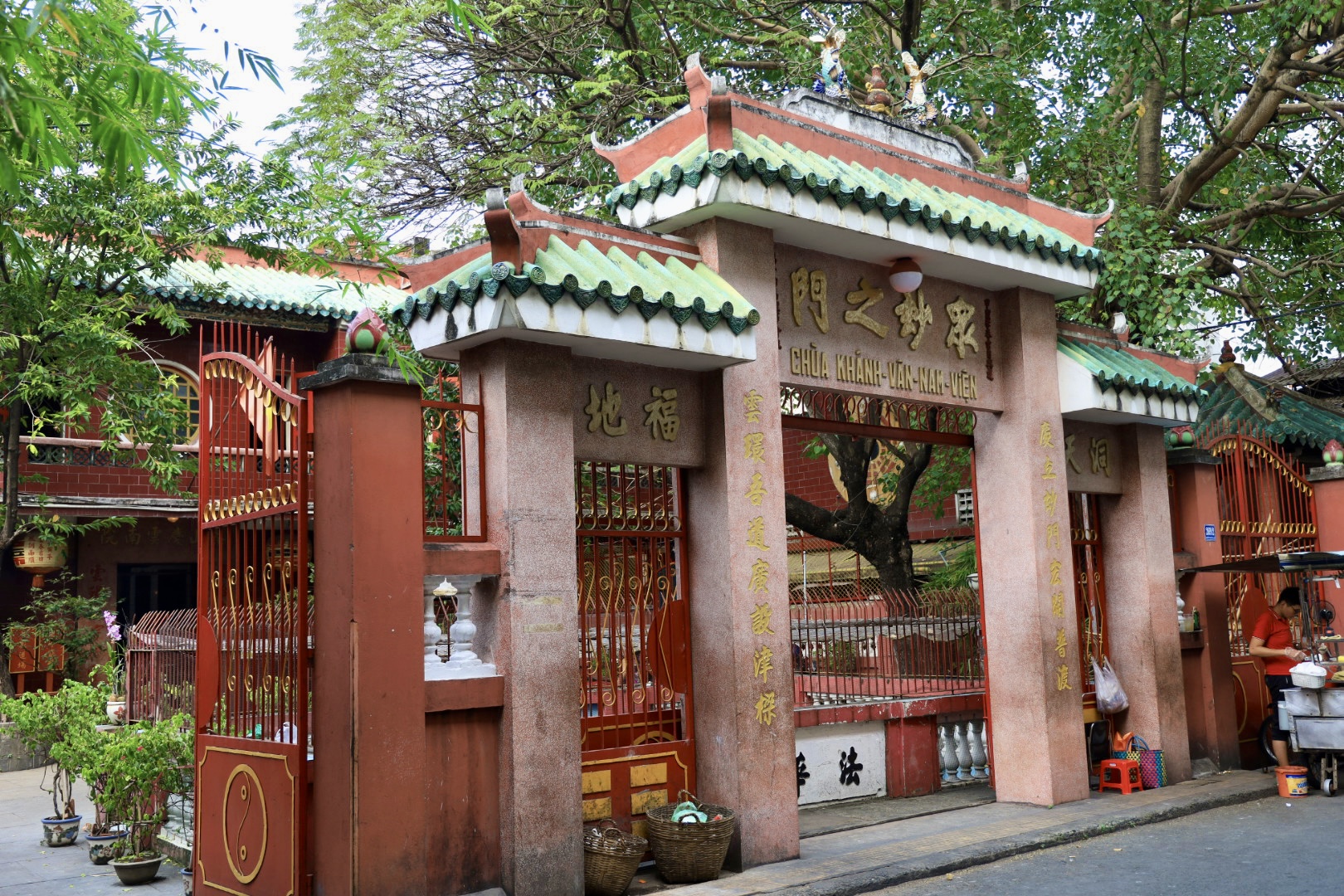
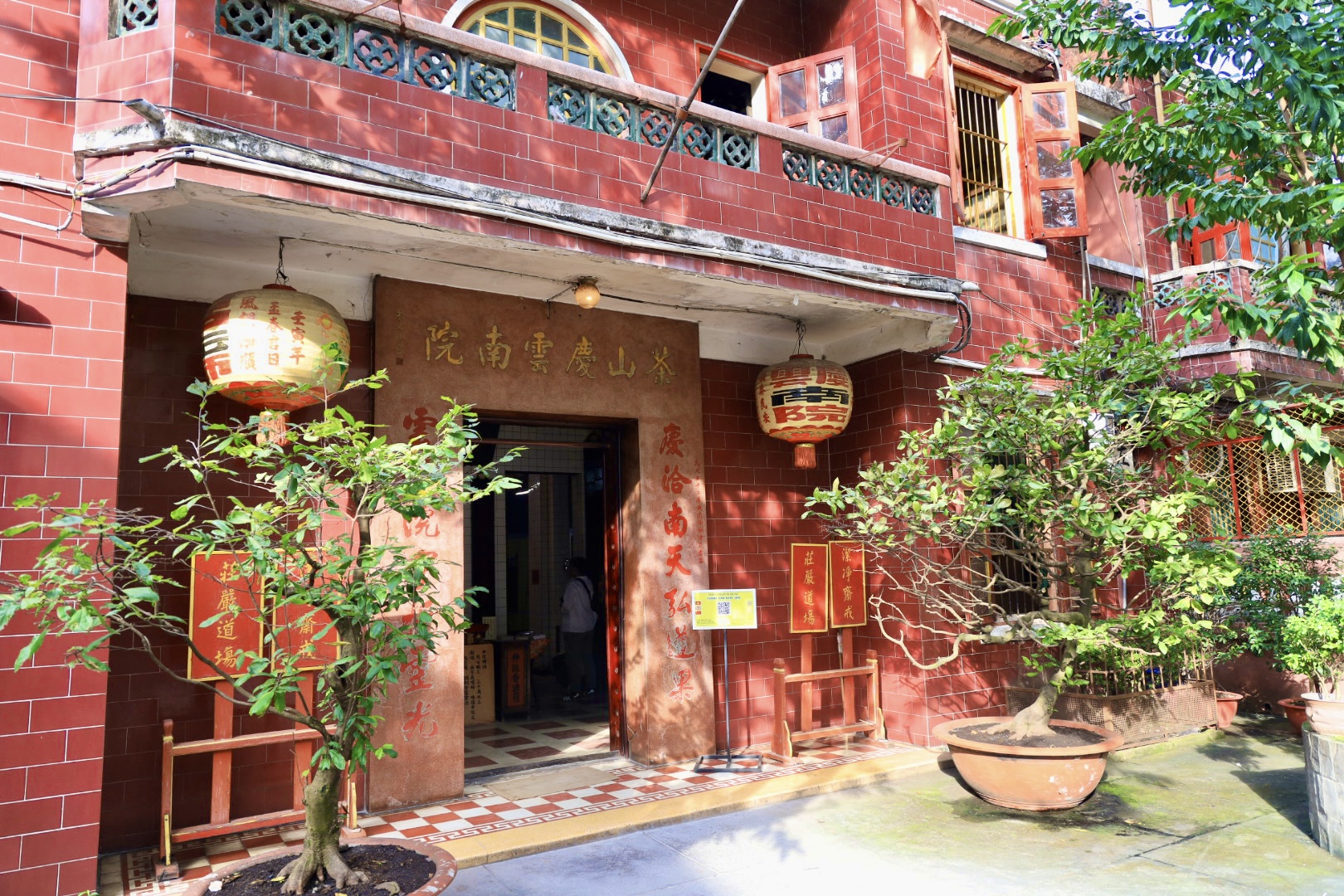
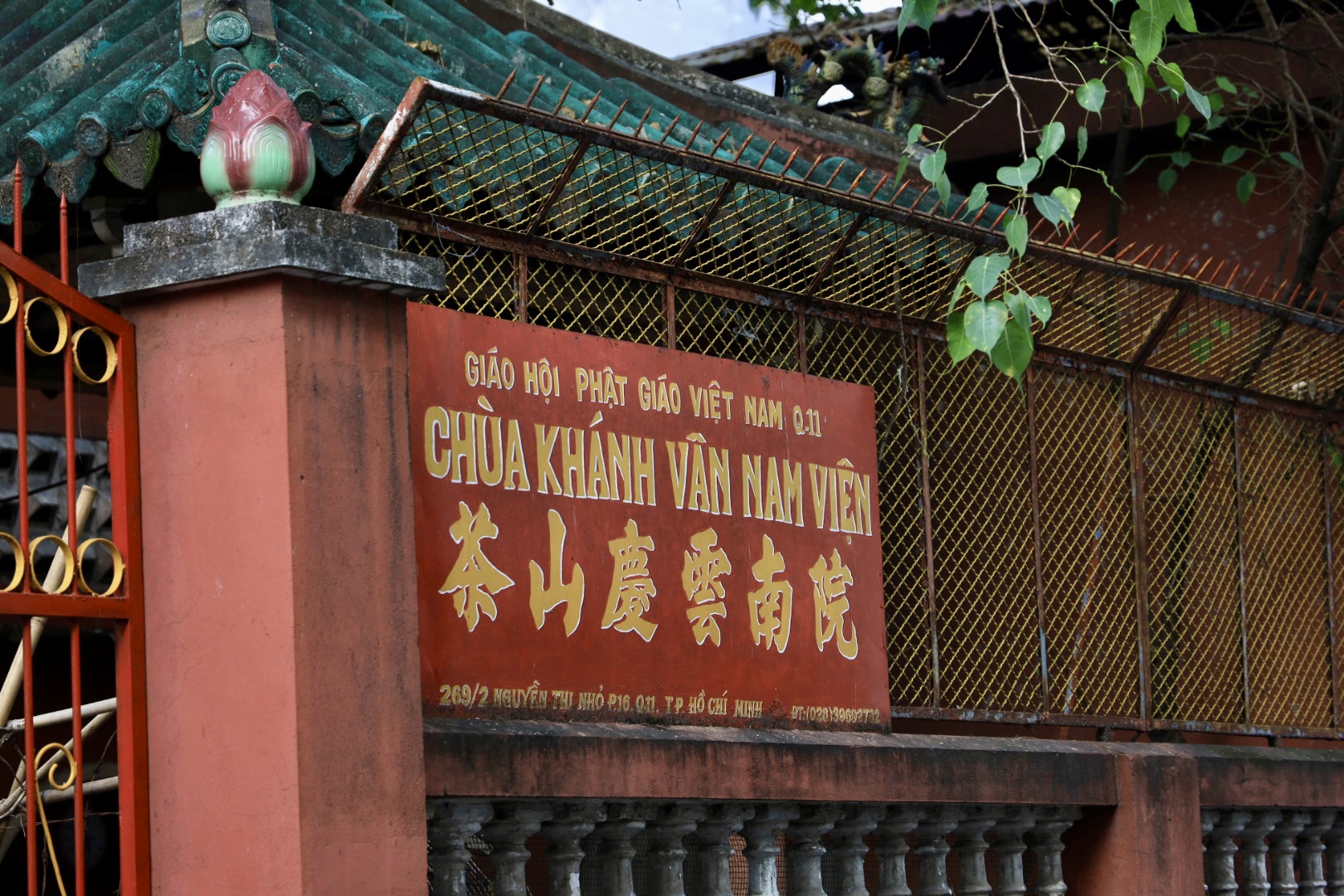
Most people call Khanh Van Nam Vien an "ancient temple" instead of a "pagoda", but after nearly a hundred years of changes amid the vicissitudes of life, this place exists as a place of worship, gathering the most primitive beliefs about the good world - Photo: KHAC HIEU
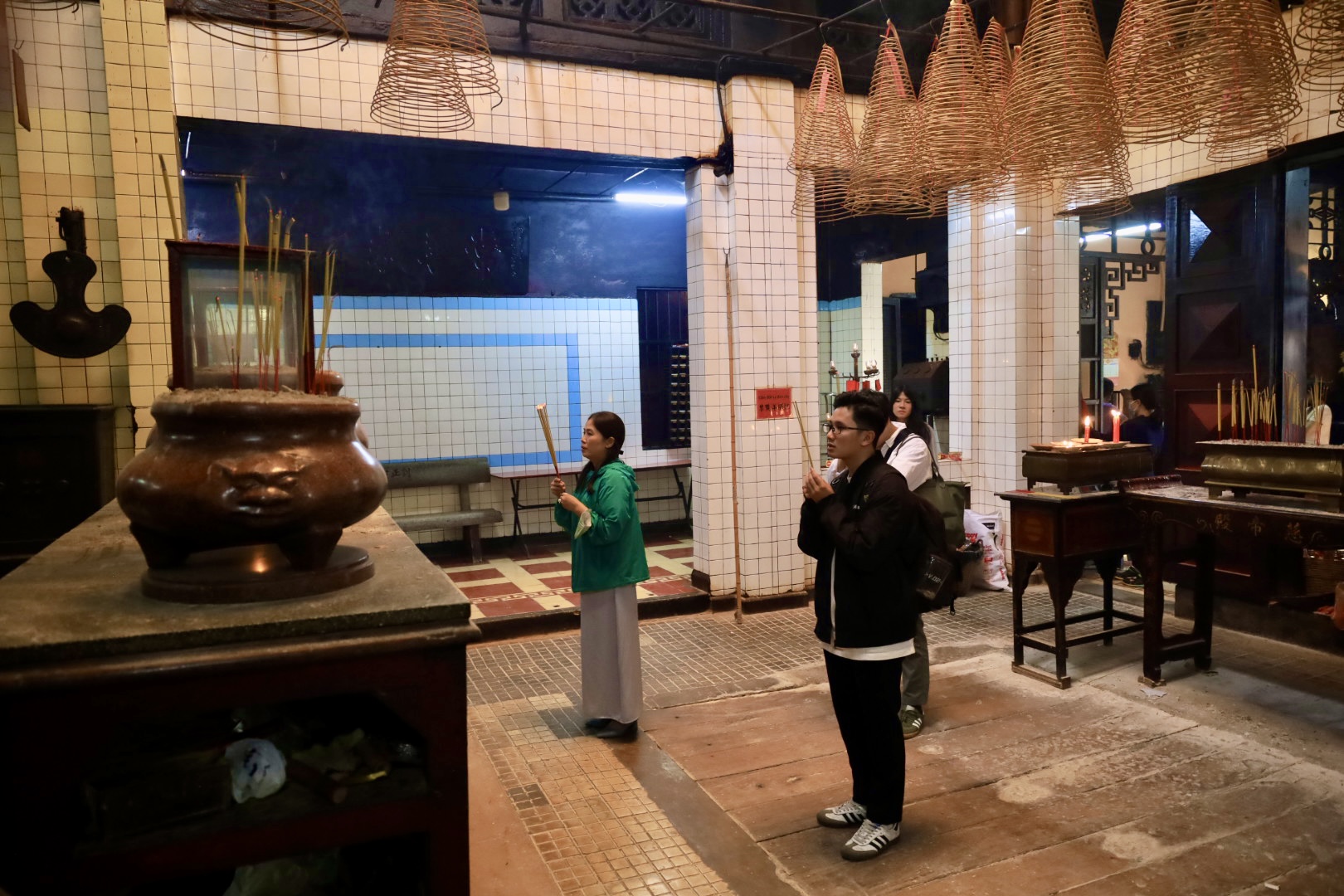
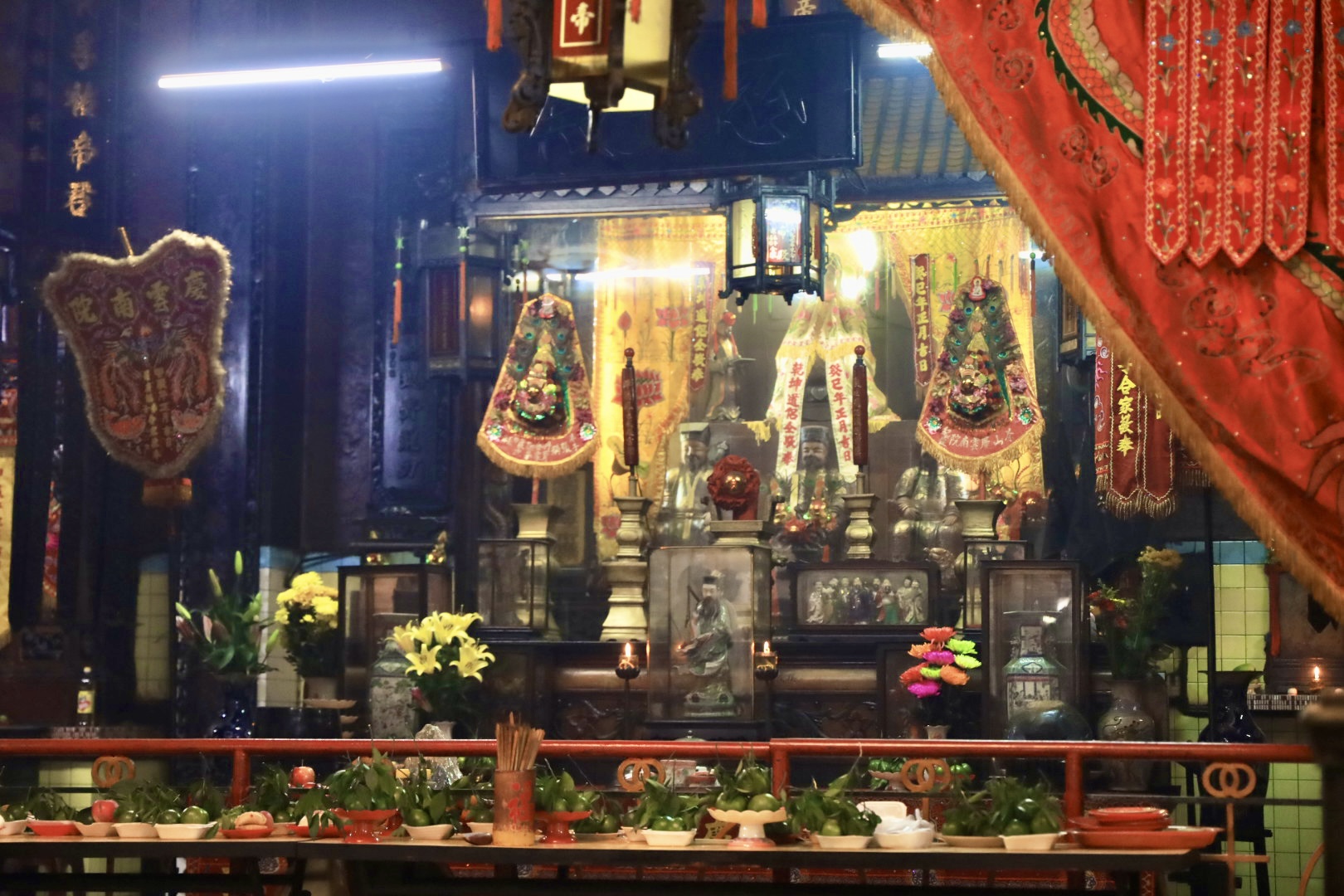
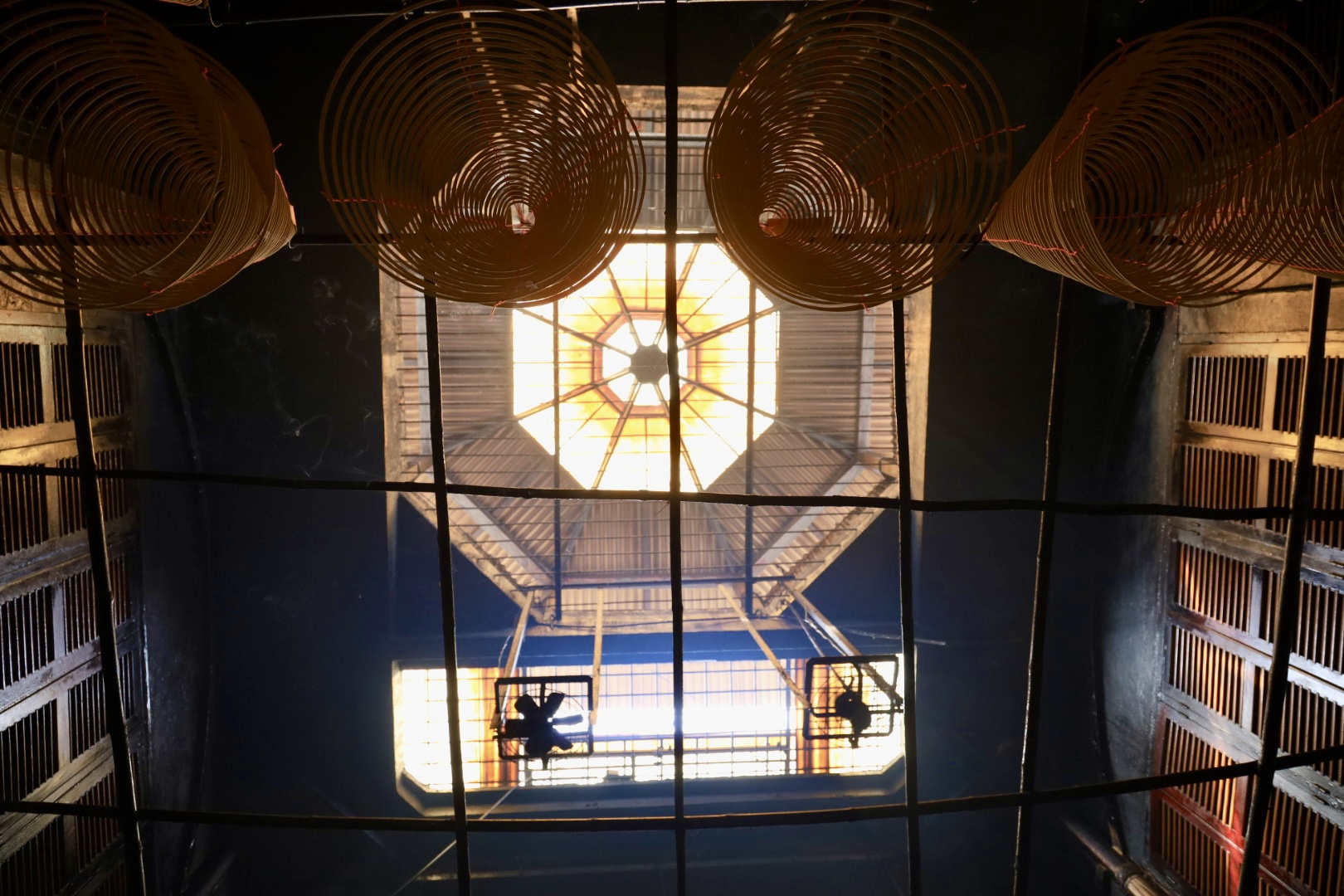
The architecture of the institute is identical to the Nam Hai Tra Son Khanh Van Nam Vien in China, retaining the same elements including the courtyard, front hall and main hall - Photo: NGOC QUY
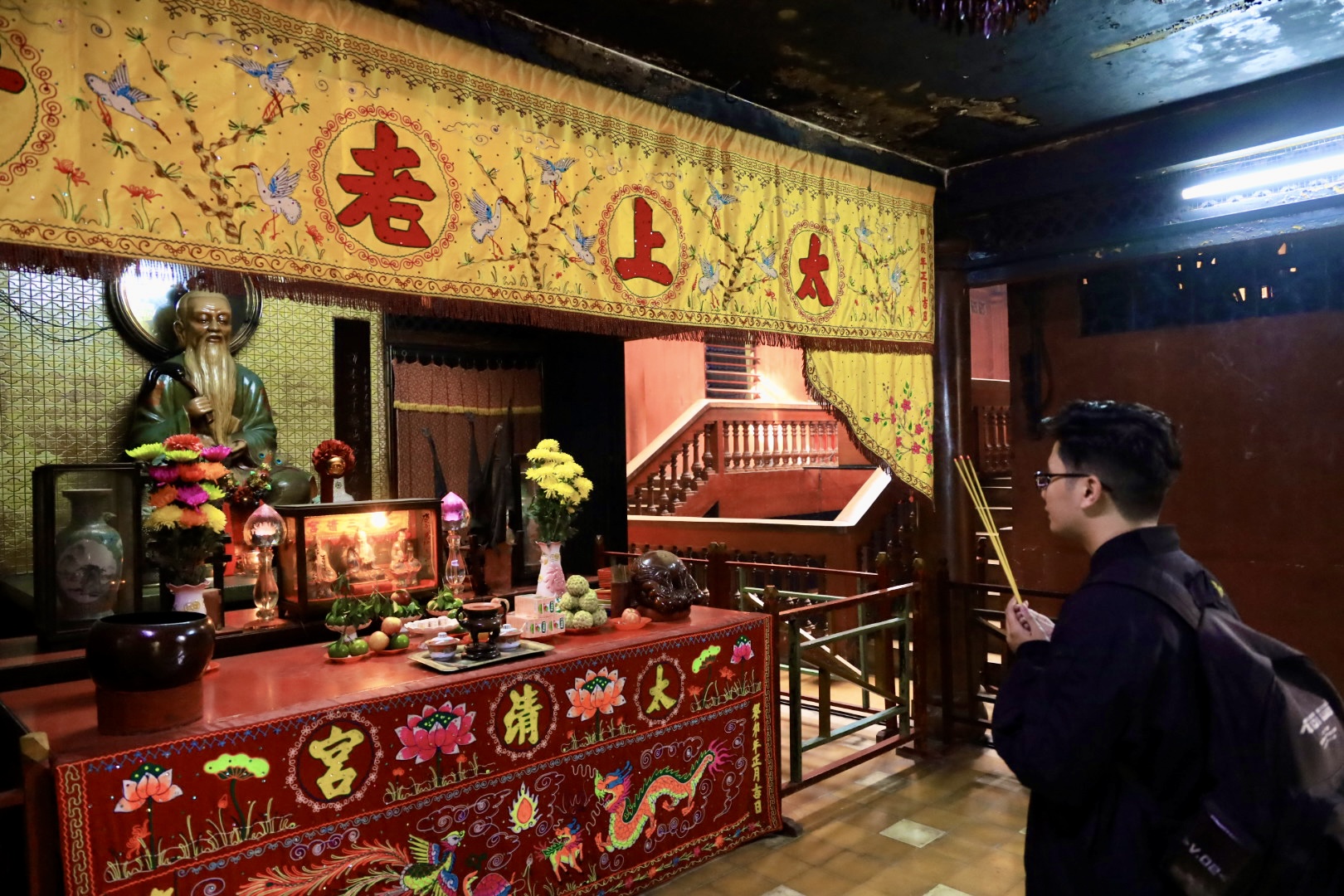
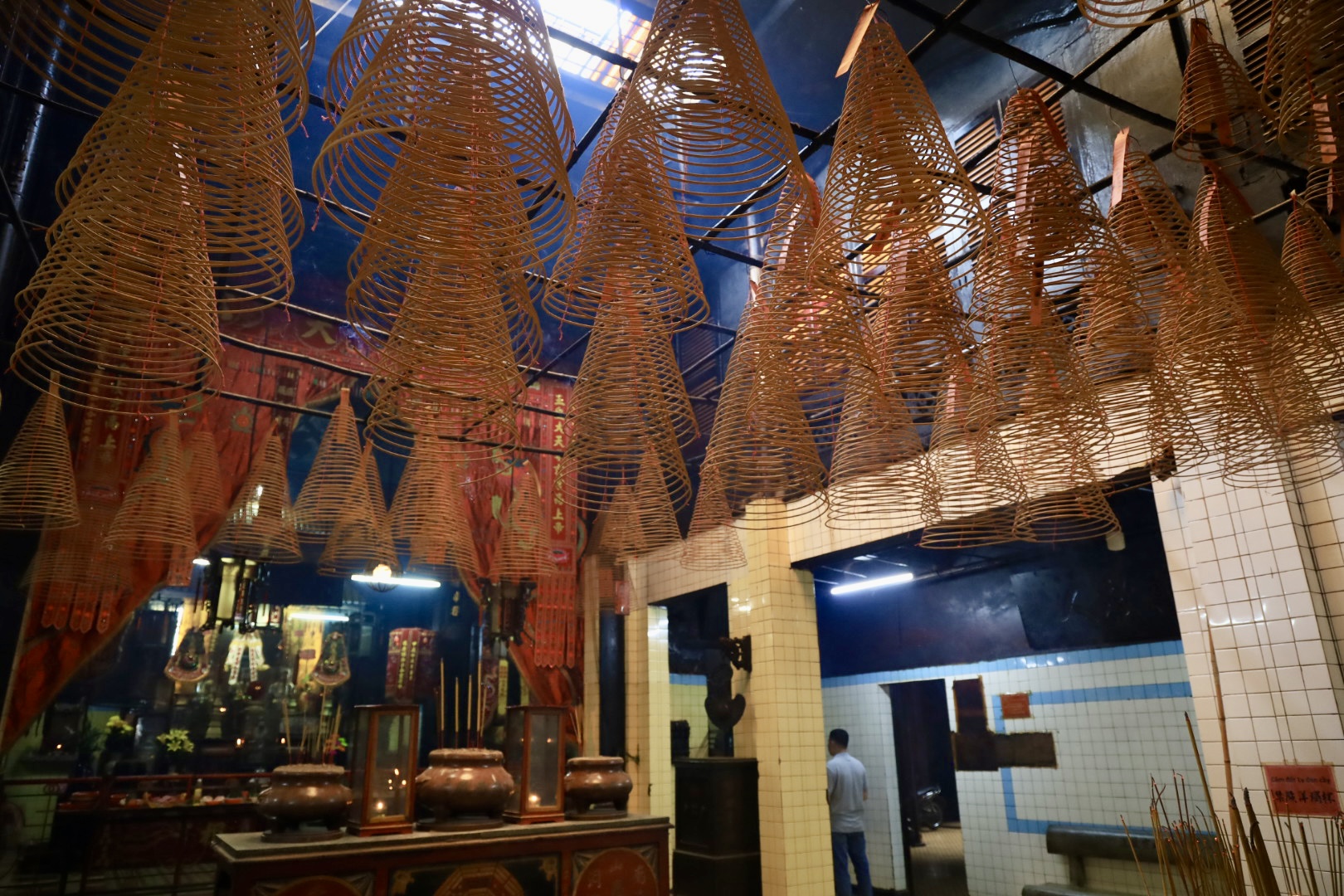
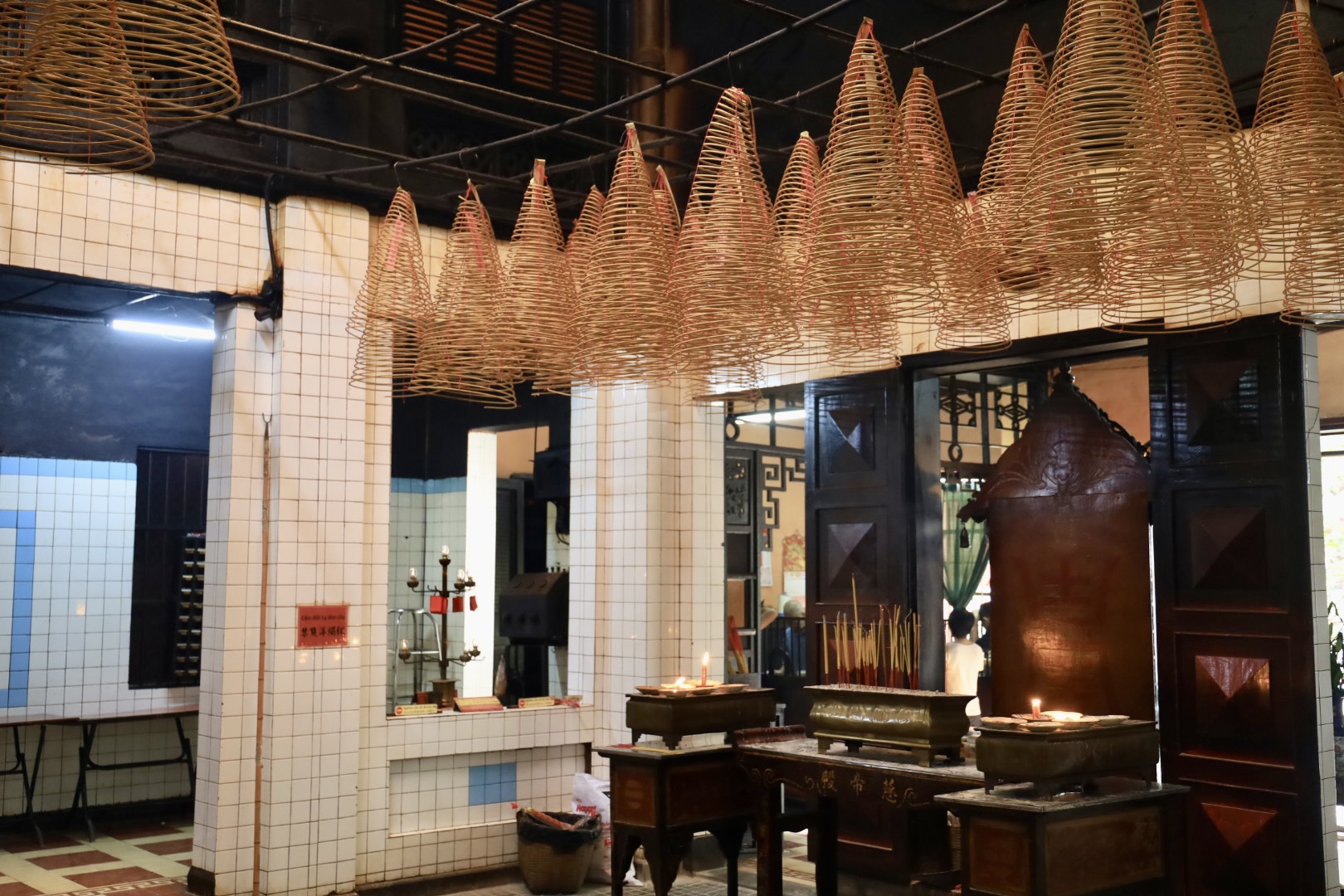
Beliefs in Khanh Van Nam Vien are diverse, including Taoism and Buddhism, as well as folk beliefs such as: Thai Thuong Lao Quan, Lu Dong Tan, Quan Thanh De Quan, Van Xuong De Quan, Lao Tu, Trang Tu, Truong Thien Su, Buddha Thich Ca, Quan The Am Bodhisattva... - Photo: KHAC HIEU
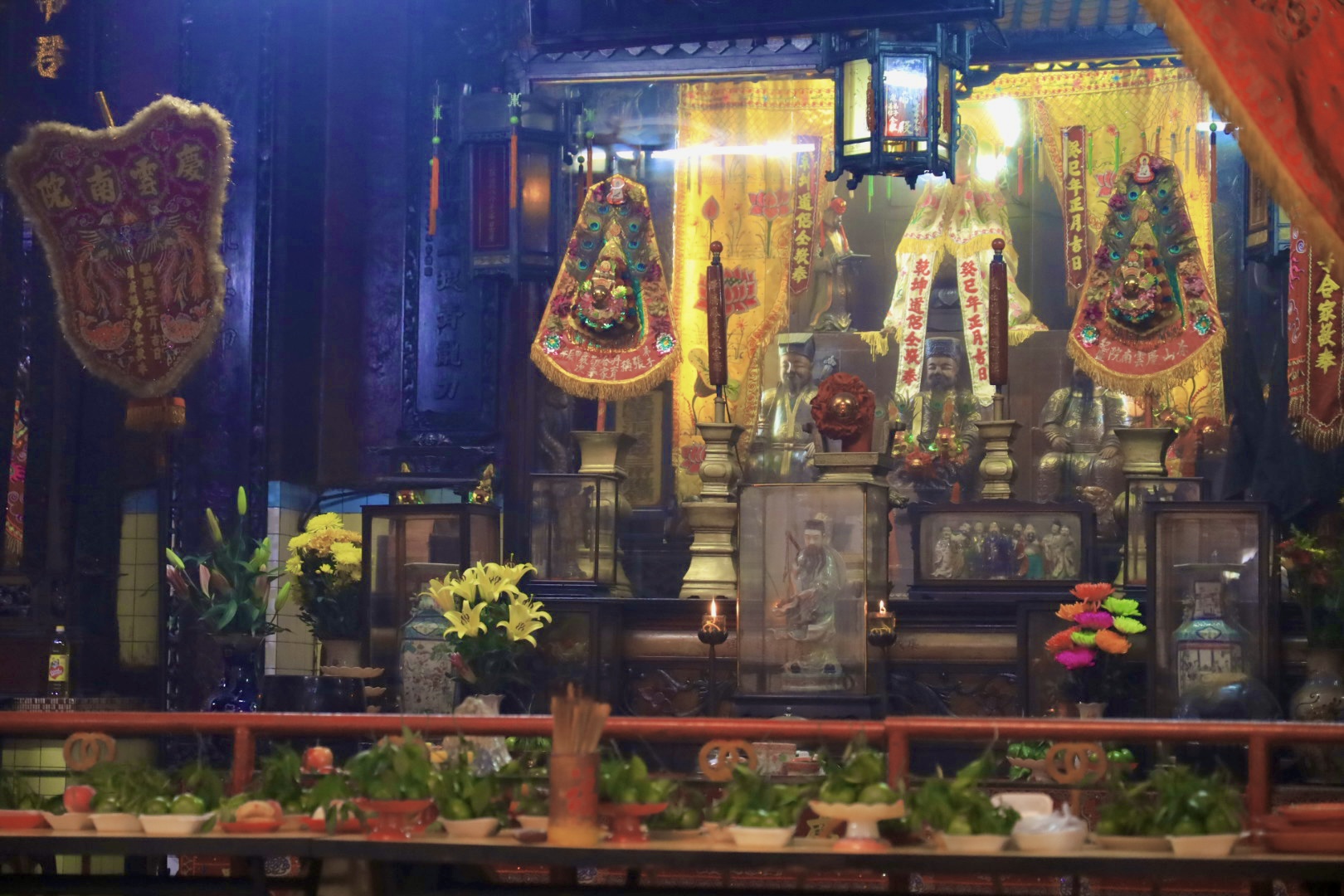
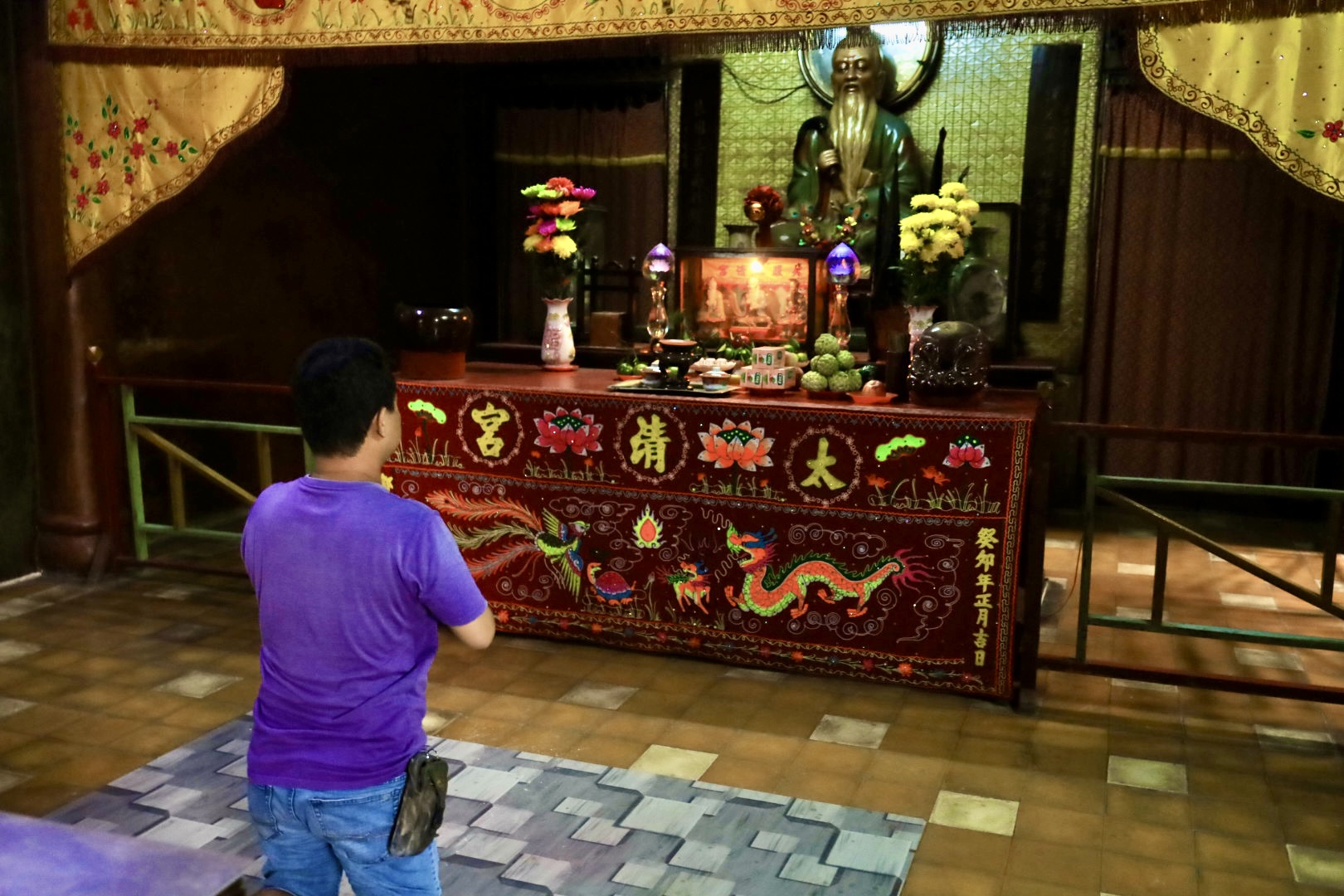
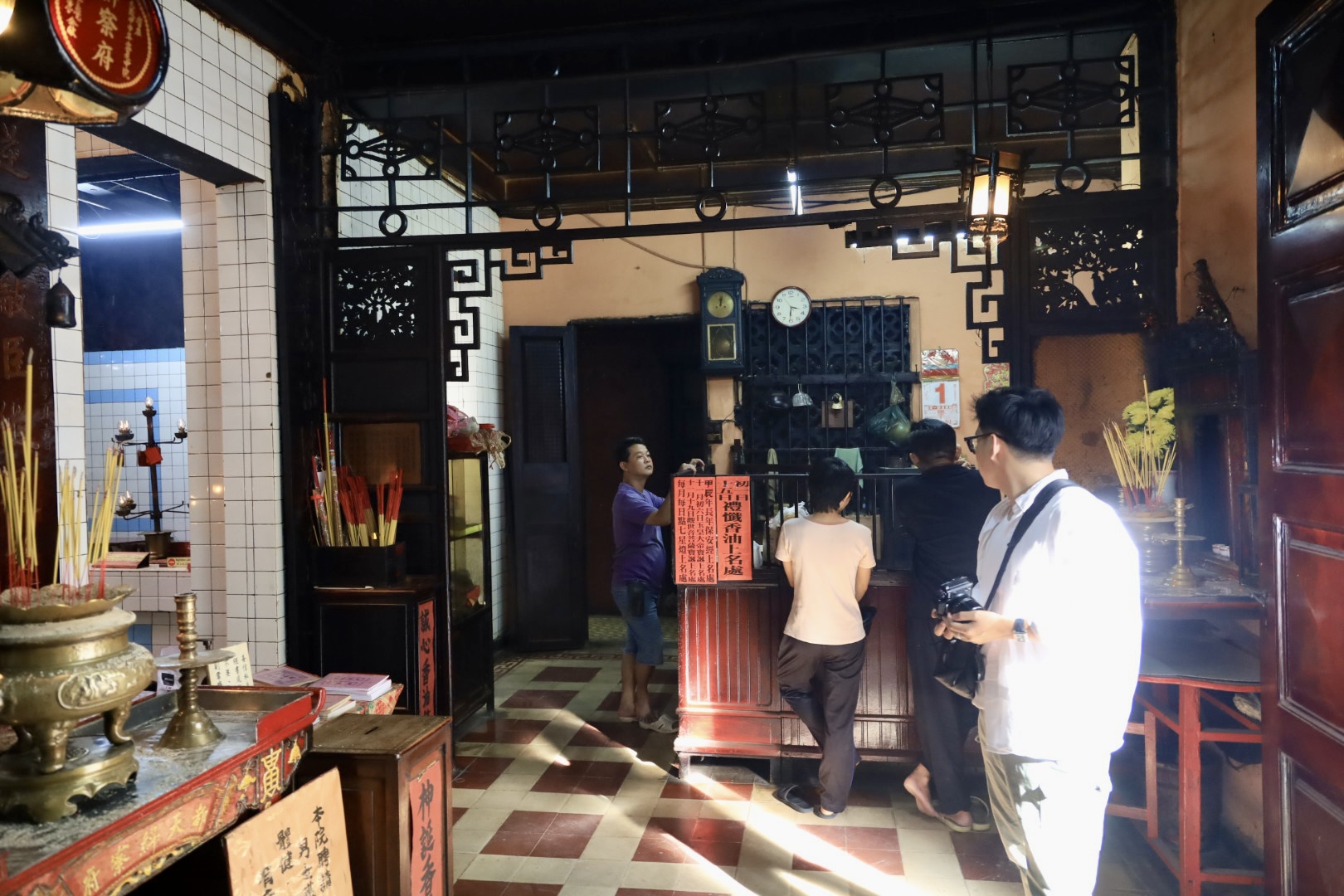
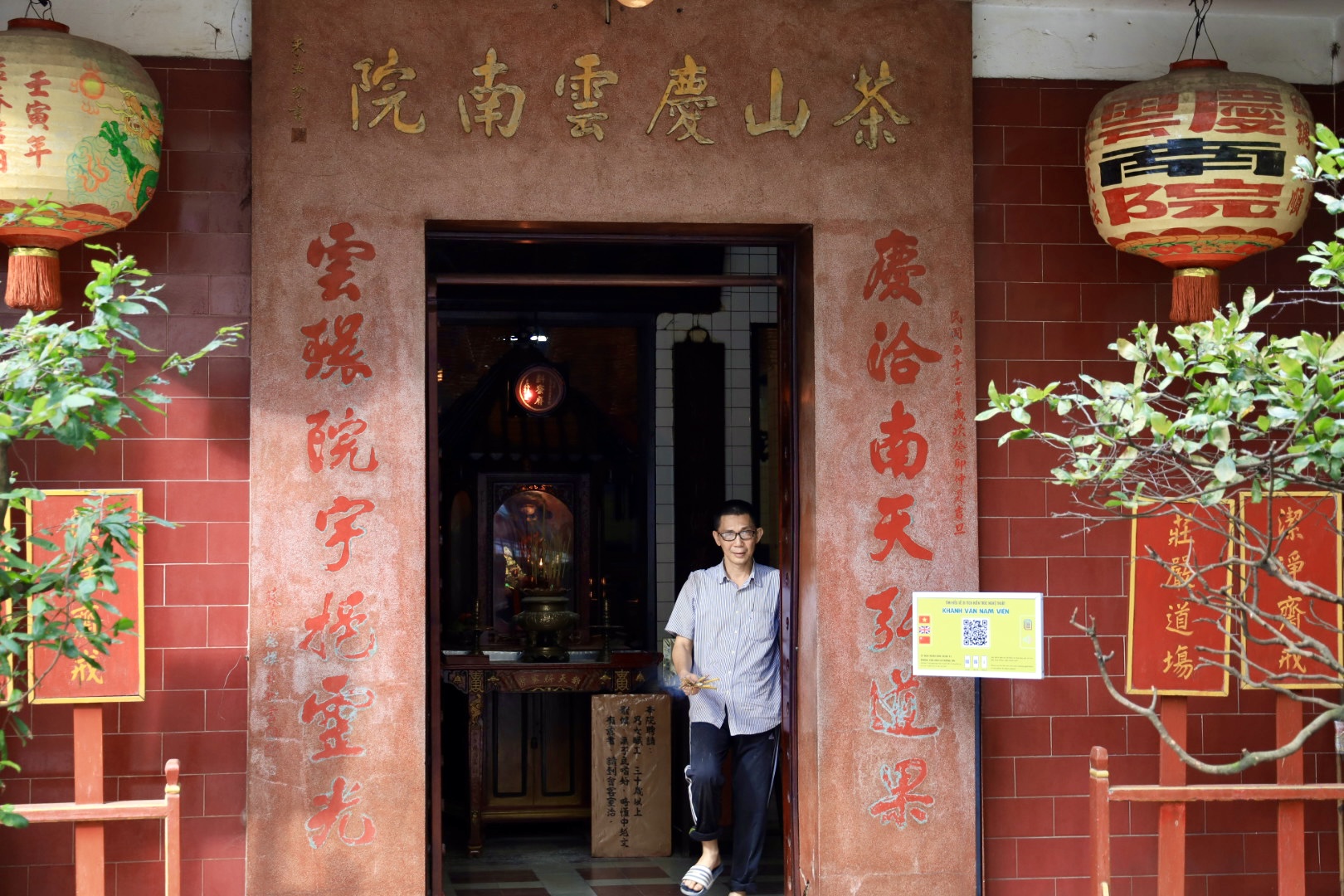
Another Taoist feature that Khanh Van Nam Vien still preserves is the Trung Nguyen Pho Do festival (full moon of the seventh lunar month) - Pha Ngu Phuong Dia Nguc Khoa. This ceremony attracts a large number of Chinese people in the area, lasting from the first to the full moon of the seventh lunar month - Photo: NGOC QUY
Source: https://nld.com.vn/khanh-van-nam-vien-hanh-trinh-gan-100-nam-giu-hon-dao-196250126123203063.htm



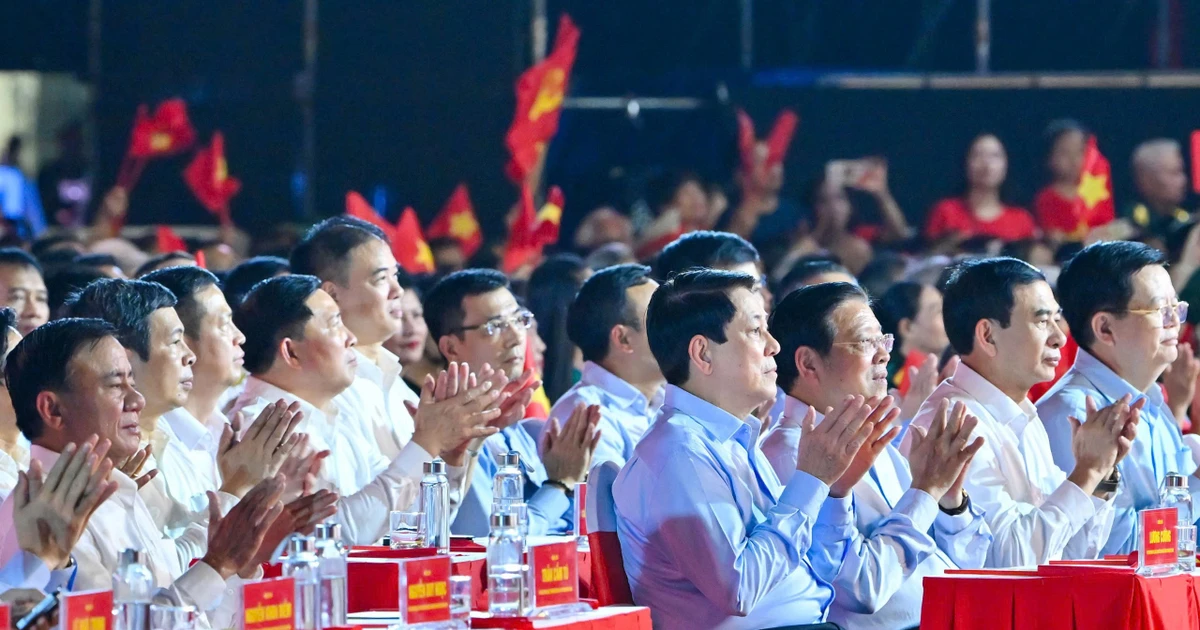
![[Photo] Prime Minister Pham Minh Chinh chairs the conference to review the 2024-2025 school year and deploy tasks for the 2025-2026 school year.](https://vstatic.vietnam.vn/vietnam/resource/IMAGE/2025/8/22/2ca5ed79ce6a46a1ac7706a42cefafae)
![[Photo] President Luong Cuong attends special political-artistic television show "Golden Opportunity"](https://vstatic.vietnam.vn/vietnam/resource/IMAGE/2025/8/22/44ca13c28fa7476796f9aa3618ff74c4)
![[Photo] President Luong Cuong receives delegation of the Youth Committee of the Liberal Democratic Party of Japan](https://vstatic.vietnam.vn/vietnam/resource/IMAGE/2025/8/22/2632d7f5cf4f4a8e90ce5f5e1989194a)


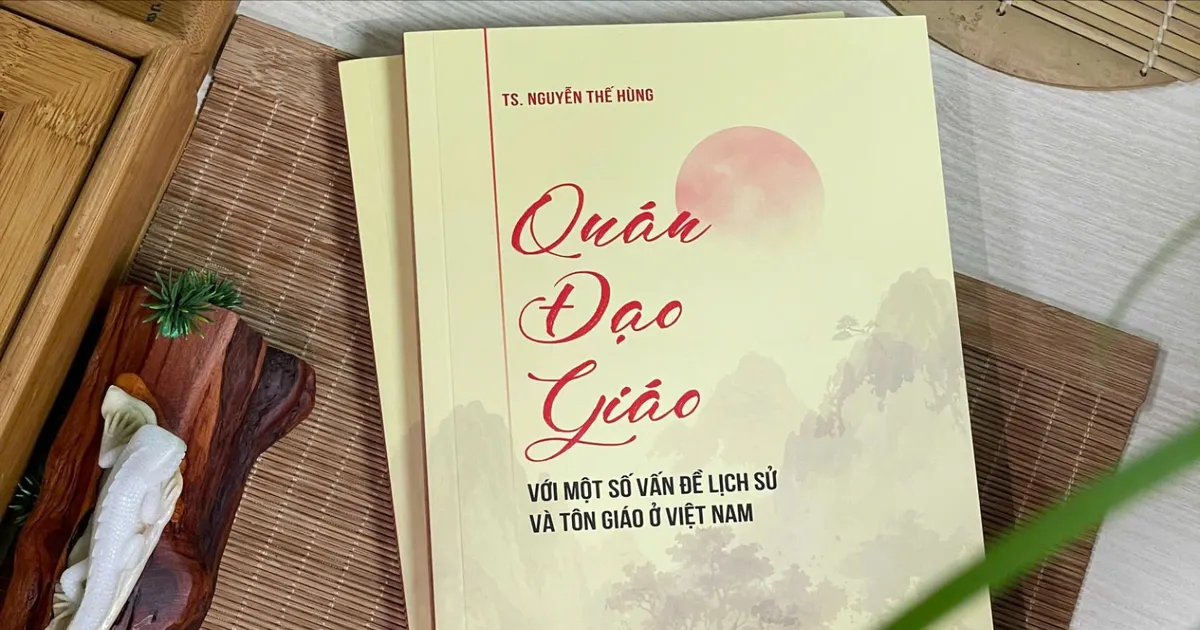

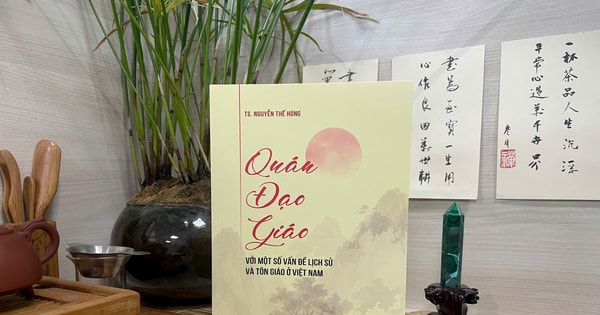



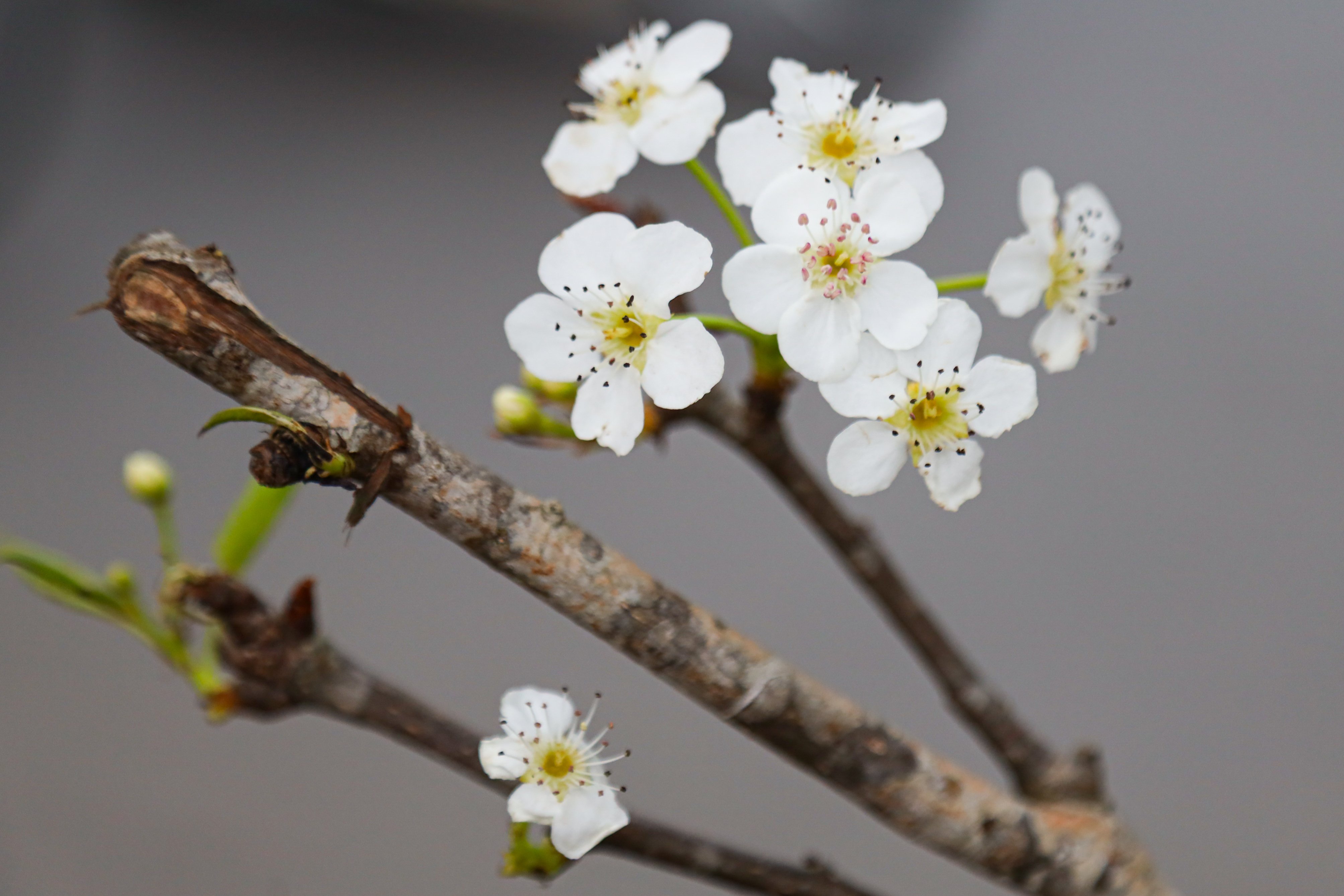

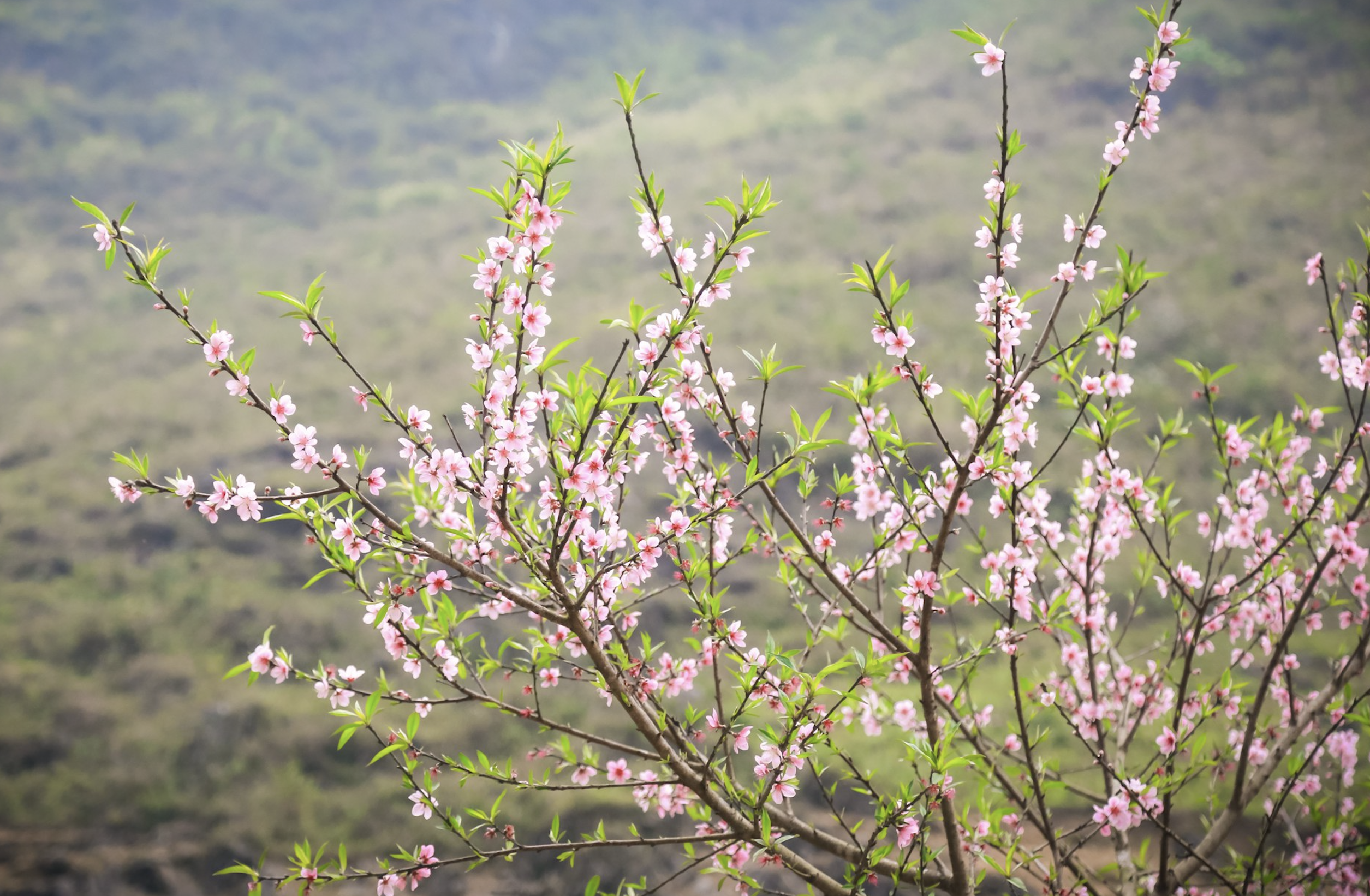

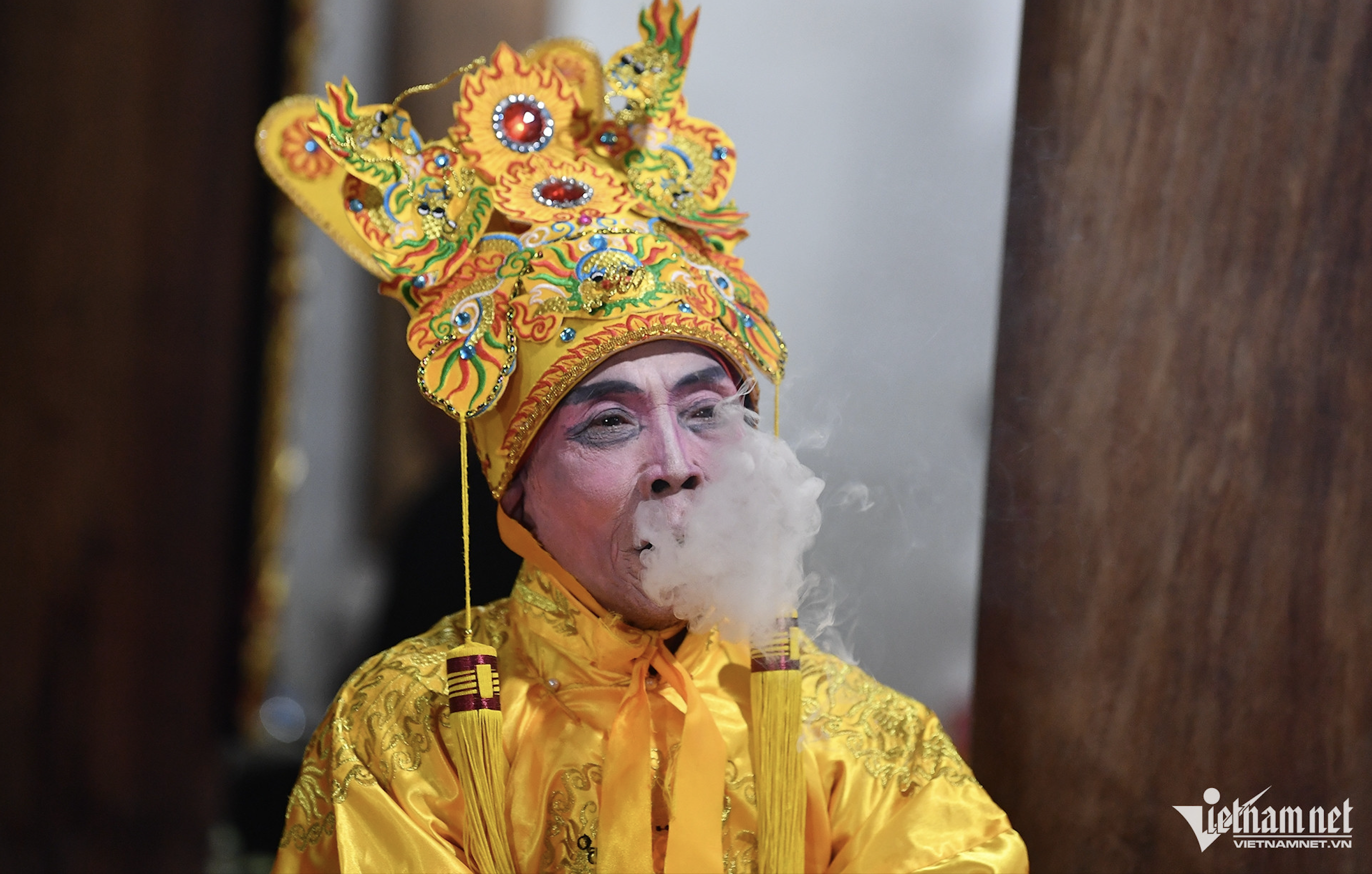






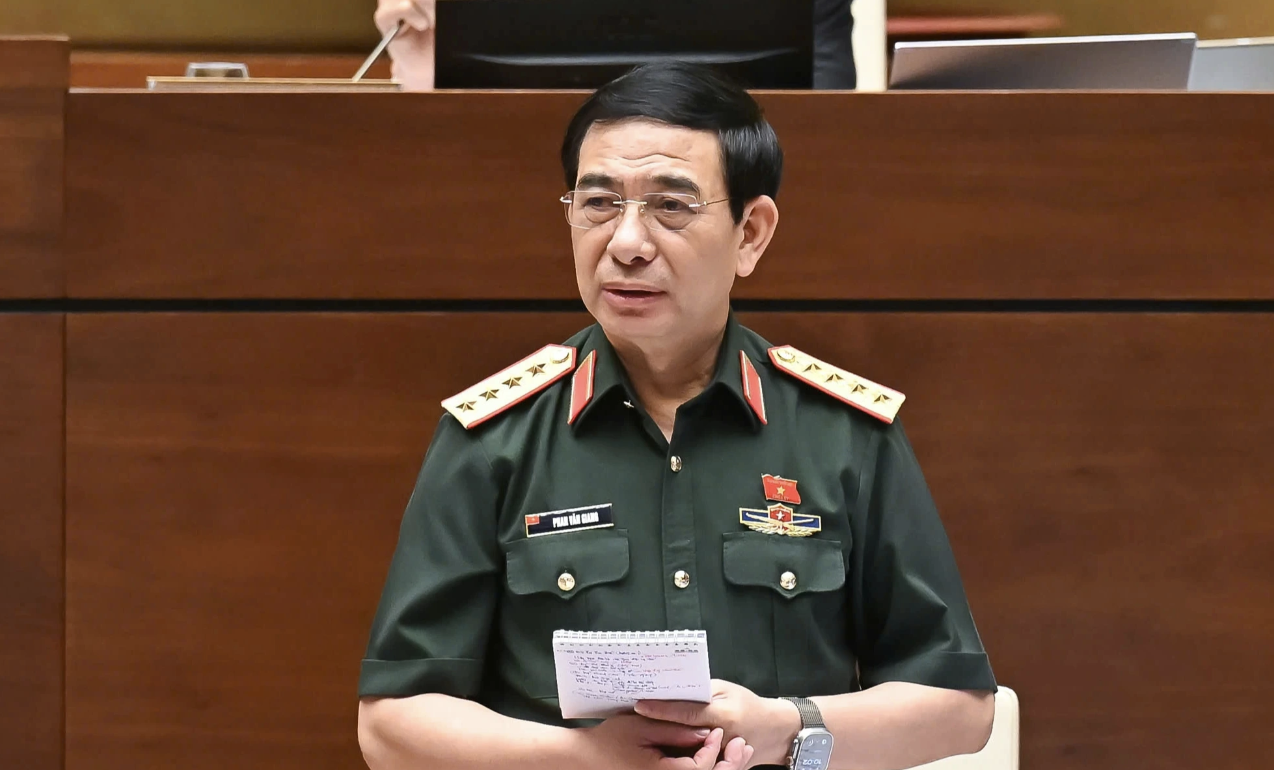

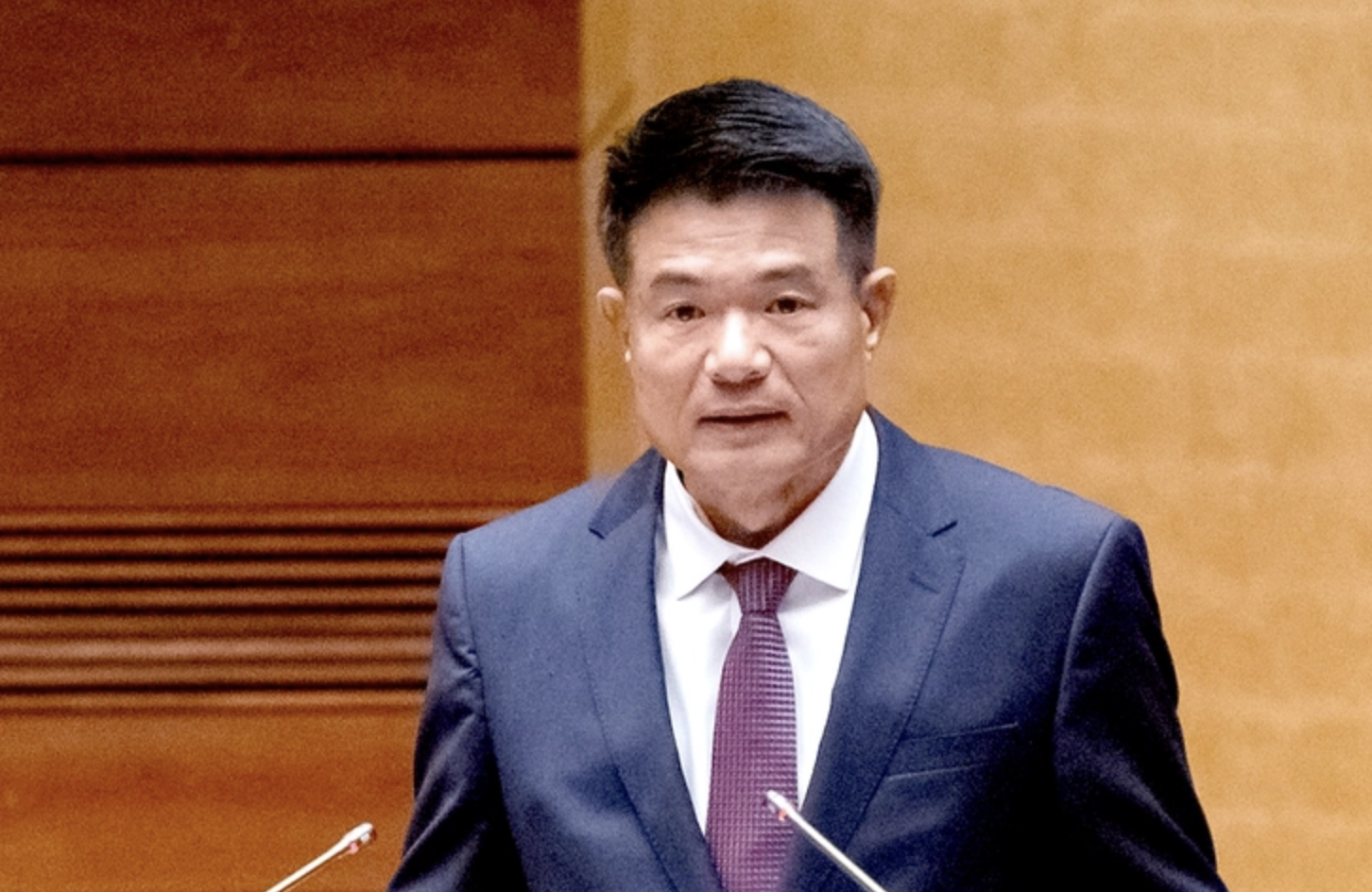

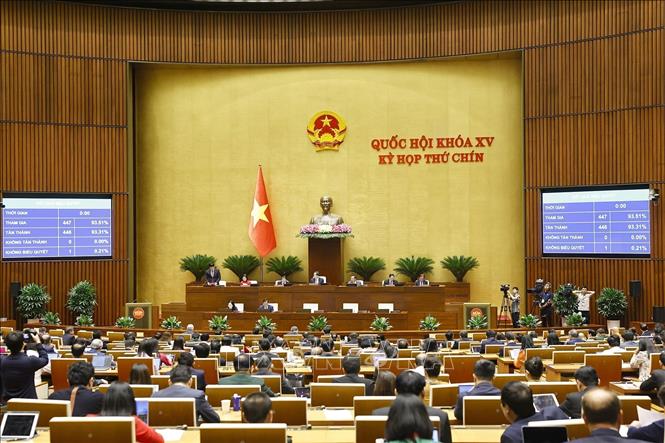





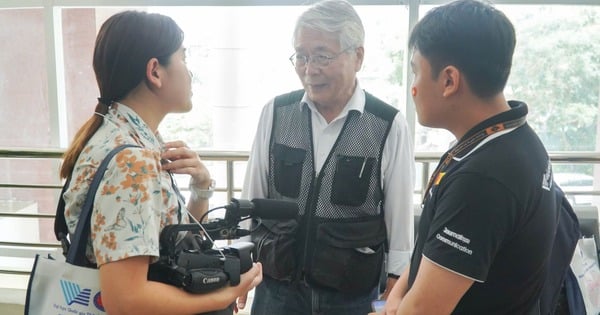
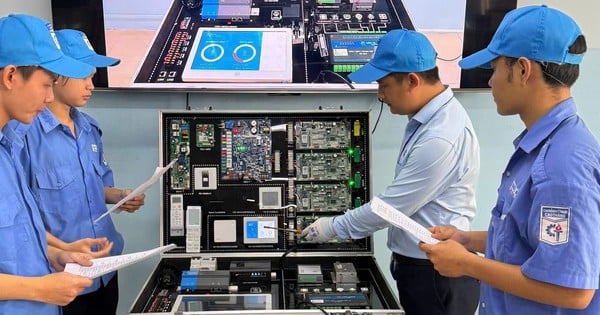

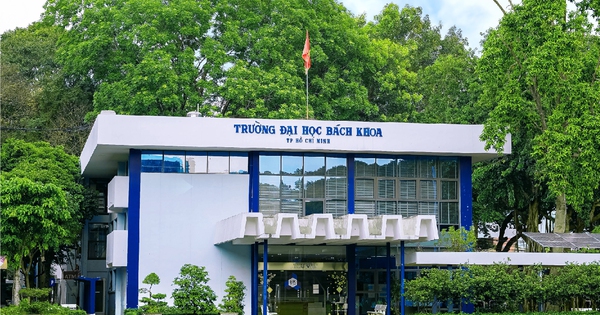
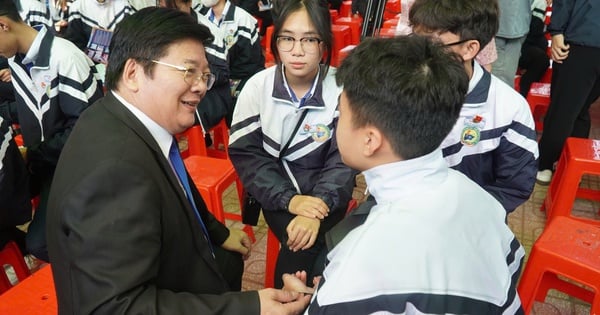

























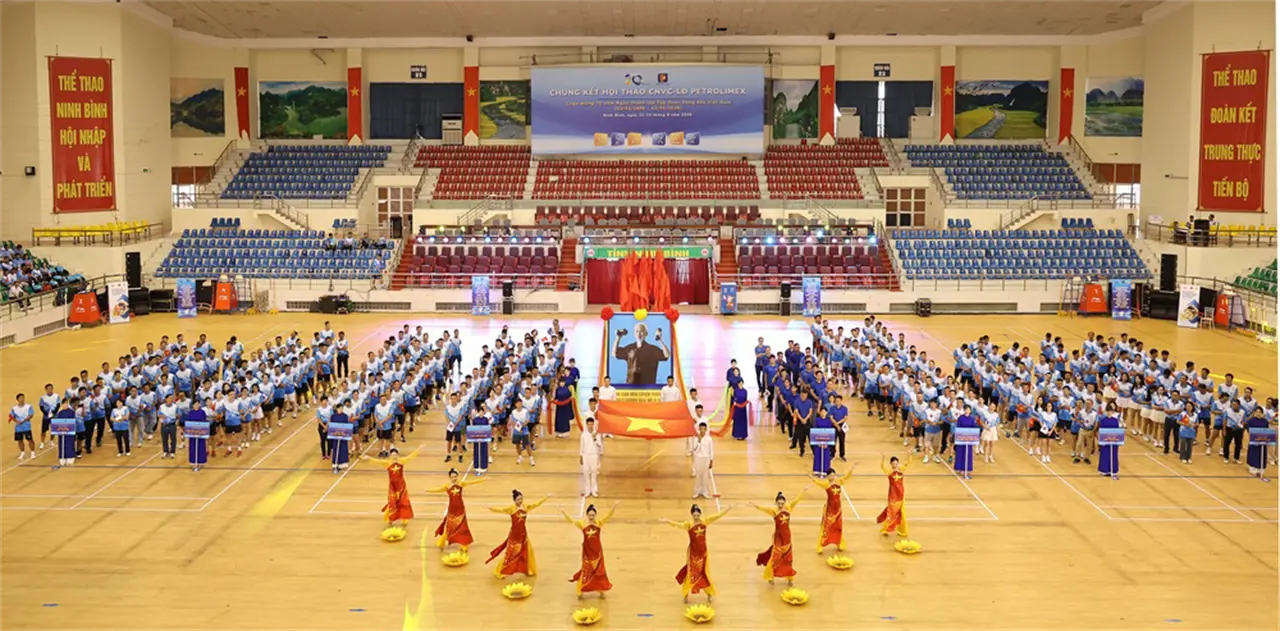






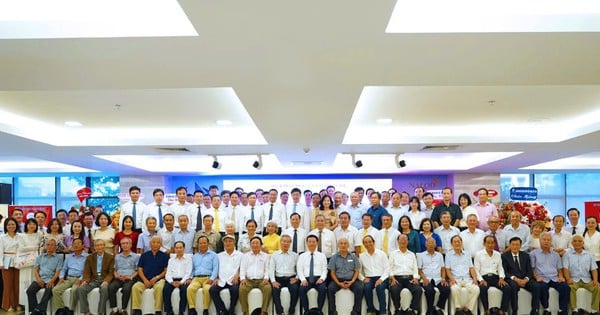

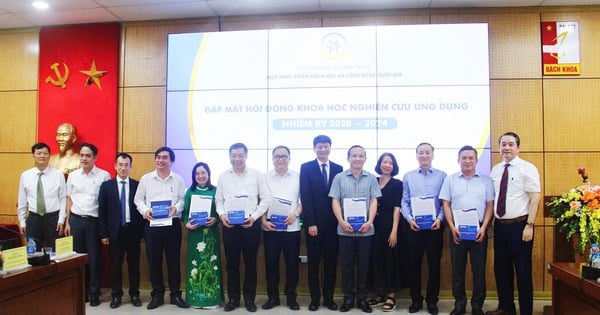
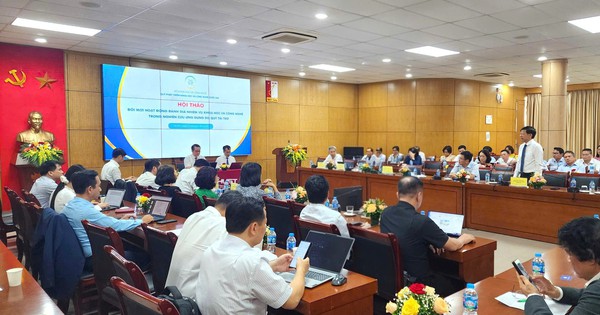
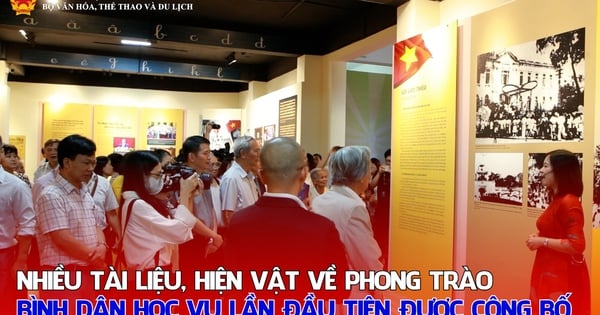

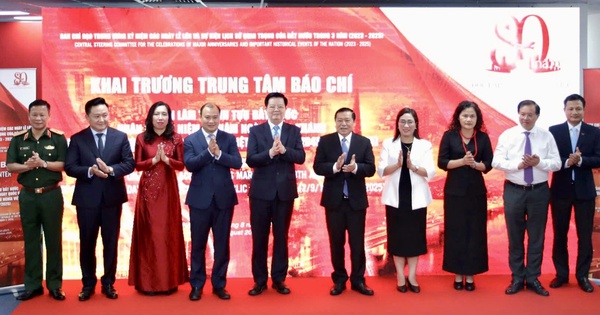
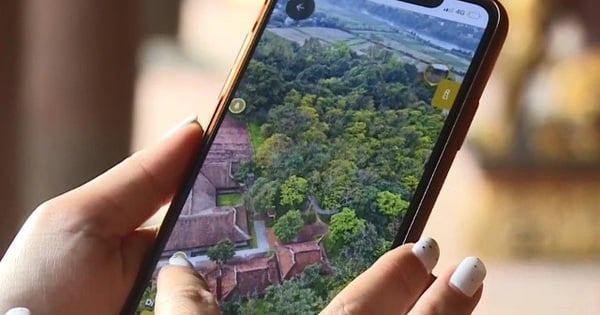

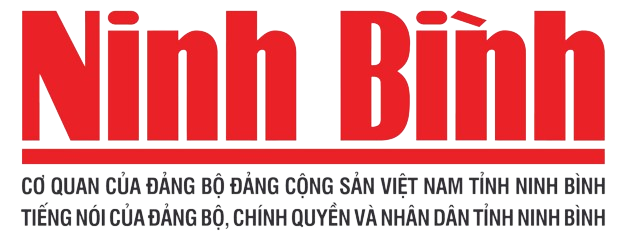


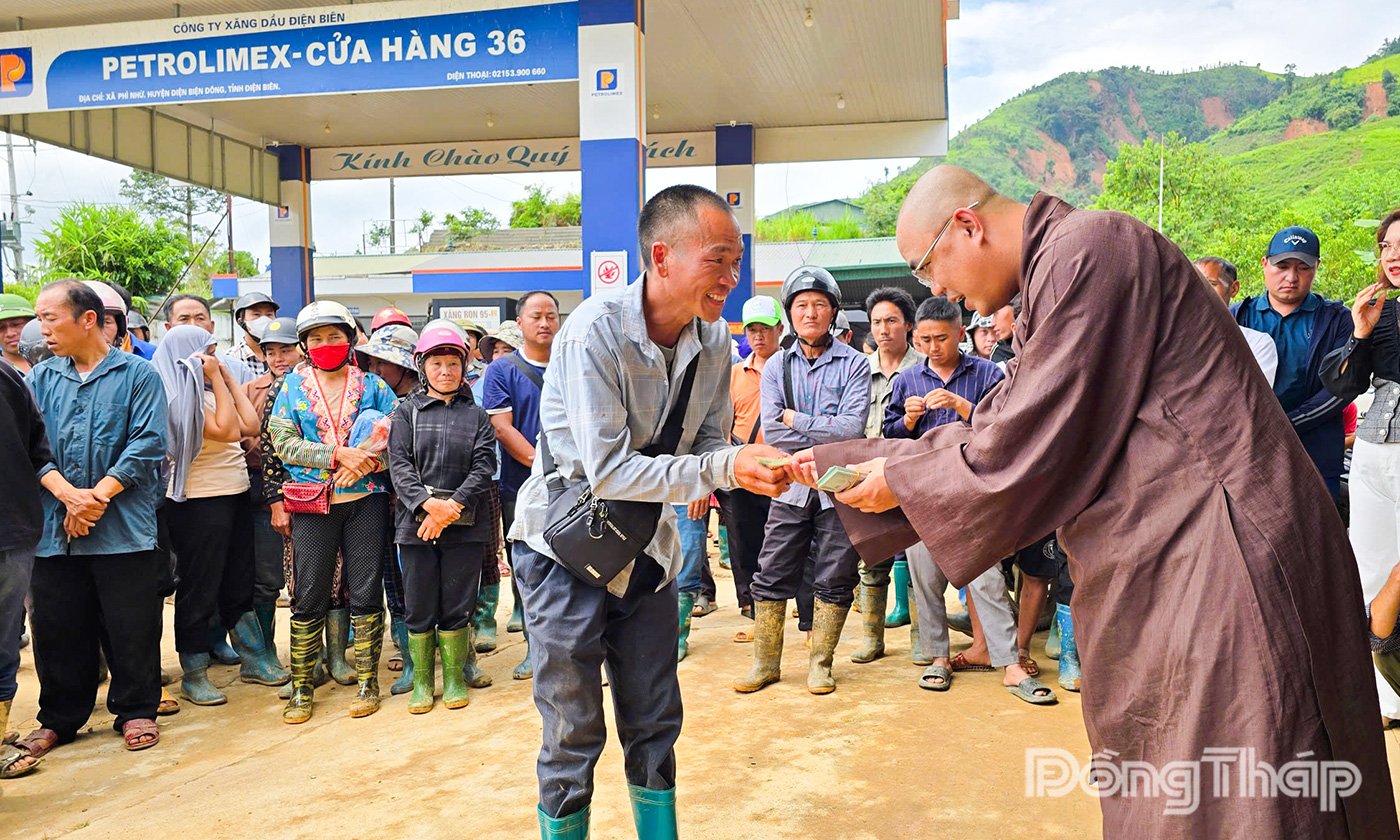
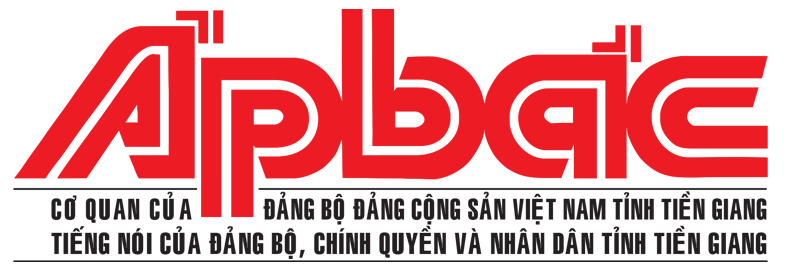
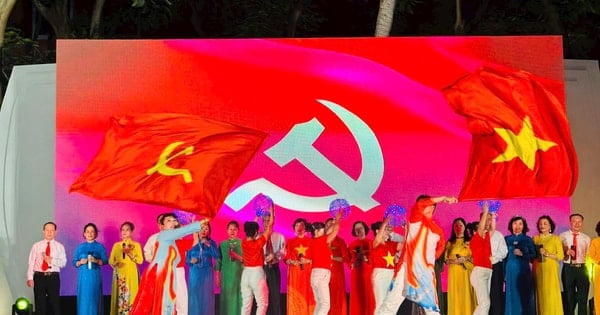
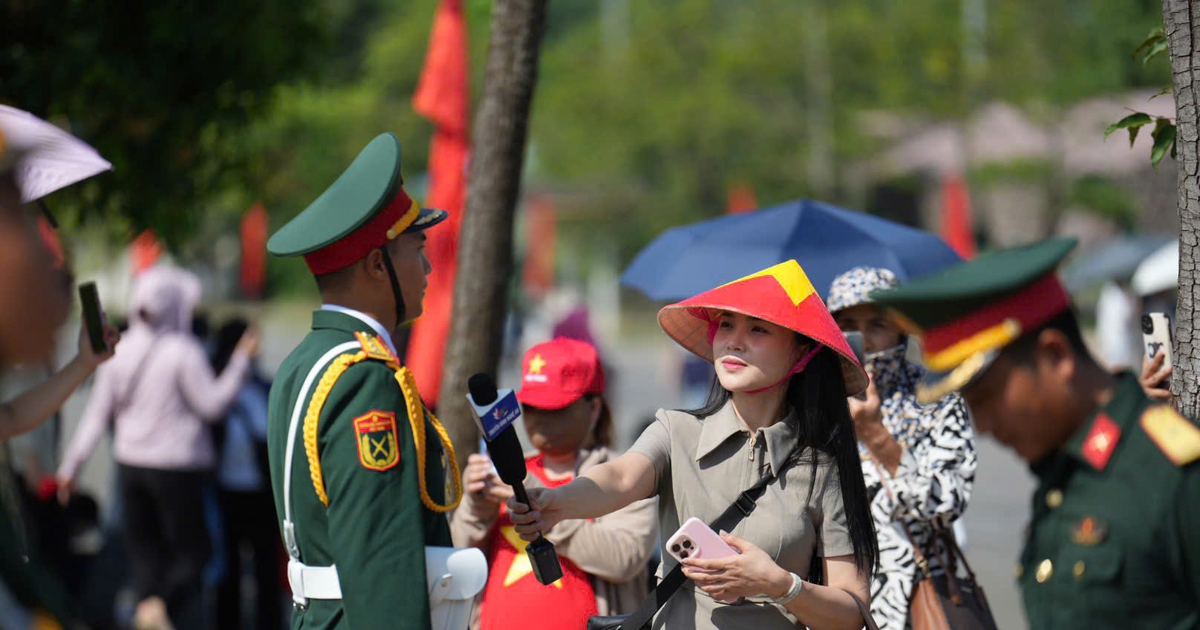

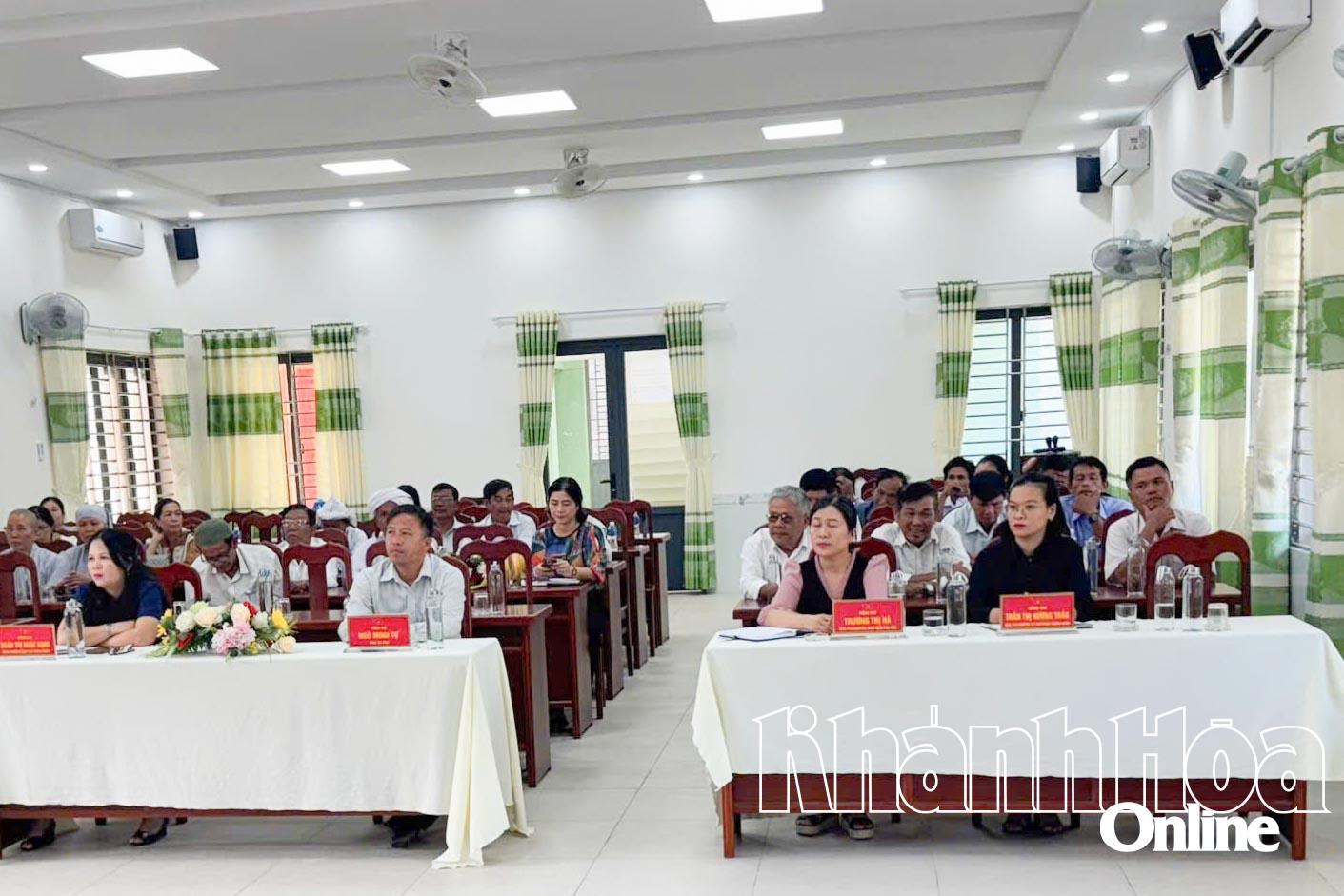















Comment (0)